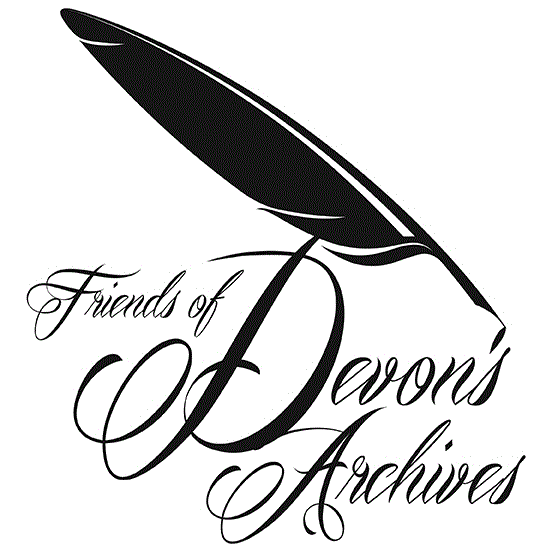Rackenford Oath-Takers, 1723
By Sarah Child
Rackenford's social structure
The parish economy consisted mainly of small to medium sized farms. There is no evidence of changes in boundaries during the eighteenth century; the pattern shown by the Land Tax returns will have been much the same in 1723. This was five holdings assessed at £5-£6 4s, one of which was the glebe; eleven at £3 to £5, one of which was the mill, eleven at £1 to £3 and one at under £1, ie 26 farms plus the glebe and the mill. In terms of acreage, typical sizes were 200-250 for the large farms, around 150 for the middling and under 100 for the rest. Only two of the large farms (Tidderson and Worthy) were owned and occupied by freeholders, as were two of the medium sized (Higher Bulworthy and Middlecott, although the latter was in fact leased out in 1723).The Rackenford manor estate seems to have consisted of seven farms at this date (it was to be expanded considerably by the next purchaser); four others were owned by the Acland estate, four by an Exeter merchant and the remainder were owned and leased out by individuals.
The Land Tax and earlier licences show that there were two licensed ale houses and at least one blacksmith. It may also be supposed that the village would have included a few other services such as a wheelwright. There were however no gentry. The manor estate had been bought in the previous century by the Shortridges (or Shortrudges) of Witheridge who continued to live in their house of Bradford Tracy (and Richard Shortrudge is registered as swearing in Witheridge). The rectory also happened to be empty. The parish clerk had reported to the rural dean in February that having made fruitless attempts to find the Reverend Mr John Westmoreland he had fixed the bishop's revocation of his licence to the church door.3
The number of oath takers does seem therefore to correspond fairly closely with the 26 farming households plus the miller, if both large and small, freeholders and leaseholders are included, leaving another six to identify on the assumption that it was only the head of household who swore. However this was not the case; there was at least one husband and wife, one father and son and one father and daughter, which would leave nine extra jurors to discover. If swearing went by economic status, the two innkeepers and the smith would account for three of these and presumably the providers of other services in the village for the rest.
| Over £5 | Occupier in 1723 | Owner in 1723 |
|---|
| Sydeham with Winsor | | Benjamin Heath of Exeter |
| Little Rackenford | (Burcher) | ½ Benjamin Heath of Exeter |
| Glebe | | Rectory |
| Worthy with Titham/Colson | Thomas Ayre | Thomas Ayre |
| Tidderson | William Cockram | William Cockram (by 1738) |
| £3-£5 |
|---|
| Higher Bulworthy | John Veysey | John Veysey |
| Middlecott | John Gunn | Benjamin Heath of Exeter |
| West Mogworthy | | |
| East Nutcott | | John Parkhouse of Knowstone |
| West Nutcott | | Manor estate |
| Canworthy | Mrs Mary Gammon |
Acland estate |
| Lower Thorne | Edward Chaunter or Richard Norrish | John Hawkins of Bradninch |
| East Backstone | Richard and Arthur Ayre | Acland estate |
| West Backstone | | Robert Cudmore of Loxbeare |
| Cruwyshay with Chapmans etc | | Manor estate |
| Mill | William Handford | Robert Avery of Cruwys Morchard |
| £1-£3 |
|---|
| Higher Thorne | | (Manor estate) |
| Laneland | | Acland estate |
| Lower E Bulworthy | (John Partridge) | Manor estate |
| Lower Bulworthy | Thomas Gunn | Acland estate |
| Blindwell | (Courtenay) | Benjamin Heath |
| Lower Meadown | | |
| Peppers | | (Manor estate) |
| Lowerend Town | | Mr Tanner |
| Higher Meadown | | John Blake of Rose Ash |
| Meadwell | | (Manor estate) |
| East Mogworthy | | (Manor estate) |
| Under £1 |
|---|
| Willicroft | | Peter Davis of Wells |
Table 1. Rackenford farms grouped by 1780 Land Tax assessments with owners and occupiers where known in 1723 (brackets show the situation at another date within the eighteenth century)
Continue to next section Return to previous
- Complaints against the clergy, Moger PR519. [back]

